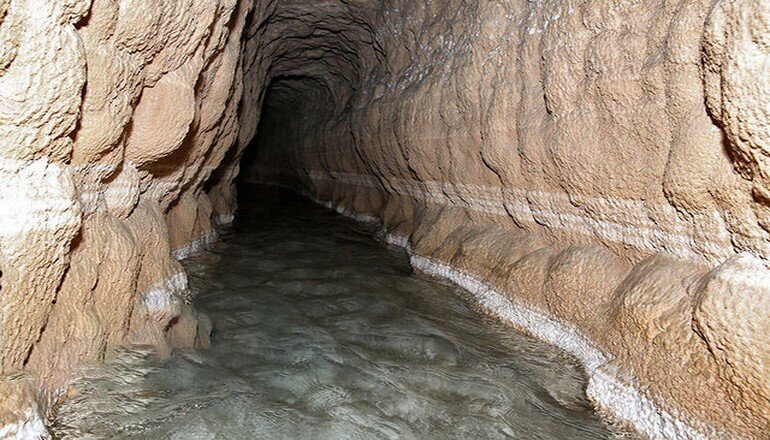INSUBCONTINENT EXCLUSIVE:
TEHRAN-- A choice of five ancient qanats in the central province of Yazd is prepared to be resuscitated, the provincial tourism chief has
said.The tasks will be carried out in cooperation with the Municipality of the provincial capital of Yazd, Ahmad Akhundi described on
Sunday.Moreover, some 400 historic structures and aging structures in the historical core of Yazd are being restored, the official added.The
historical monoliths will be developed into accommodation centers after being totally restored, he noted.For thousands of years, qanat
systems have actually supplied water to farming and irreversible settlements in deserts of Iran, tapping alluvial aquifers at the heads of
valleys and carrying out the water along underground tunnels by gravity, frequently over numerous kilometers.The concept of Persian Qanat
was signed up on the UNESCO World Heritage list in 2016, representing a choice of eleven aqueducts throughout Iran.According to UNESCO,
qanats provide extraordinary testament to cultural traditions and civilizations in desert locations with a dry climates.The qanat system
depends on snow-fed streams, which flow down the foothills of surrounding mountains directing through sloping aqueducts, typically over far
distances to discharge into the citys underground reservoirs.Such constructions are still in practice, a lot of which were made from the
Yazd is amongst ancient cities which have actually used this principle to make city settlements possible in central Iran.The earliest water
supply buildings in Yazd are thought to date from the Sassanid era (224 to 651 CE) while many others have been constantly fixed and utilized
with time, the majority of making it through ab-anbars can be today traced to the late Safavid and Qajar periods.When it concerns landscape
architecture, ab-anbars, and wind towers play a pivotal role in enhancing the Yazd skyline.In July 2017, the historical structure of the
city of Yazd was named a UNESCO World Heritage
Wedged between the northern Dasht-e Kavir and the southern Dasht-e Lut on a flat plain, the oasis city takes pleasure in a really unified
public-religious architecture that dates from various eras.With its winding lanes, a forest of badgirs (wind catchers), mud-brick homes,
atmospheric alleyways and centuries of history, Yazd is a delightful place to remain, referring to as a do not miss location by practically
all travel associates in the region.Yazd Jameh Mosque, Dowlatabad Garden, the Yazd Atash Behram, also known as Atashkadeh-e Yazd, Towers of
Silence, and surrounding desert landscape are among its traveler sites.ABU/ AM

